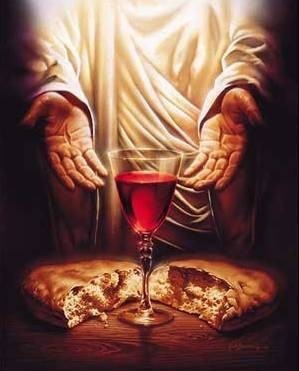Reader Barbara Kopec
asked: What is the
proper etiquette for a
non-Catholic attending a
Roman Catholic mass?
What should he/she do
during the communion
service? How do you
politely explain this to
your guest so he/she
does not feel excluded?
American Catholics have
been debating for years
how to welcome guests in
their parish without
offending God.
Those that consider
the adage "What would
Jesus do?"
canít imagine him
turning anyone away. The
New Testament is filled
with stories of how
Jesus welcomed people
from the margins of
society, inviting them
to the dinner table,
healing their ailments
and giving them vital
roles in his ministry.
But simply sitting in
a pew does not qualify
someone to receive
communion.
For Catholics, receiving
communion means they are
in "communion"
with the rest of the
Catholic church, and
live by its tenets.
For the answer to
Barbaraís question, I
went to Rev. Bob Barron,
a professor of
systematic theology at
Mundelein Seminary.
Father Bob said there
are two options
for guests who are not
eligible for communion.
First, there is
nothing wrong with
staying seated in the
pew. It shows respect
for the sacred ritual.
But there is a
second, more inclusive
option. Invite your
guest
to
queue up with the
communicants. While
others hold out their
palms to receive
communion, instruct your
guest to cross his or
her arms in front of the
chest (with hands on
opposite shoulders) to
show the priest the
person is there to
receive a blessing.
Anyone can receive a
blessing, no
matter their faith.







